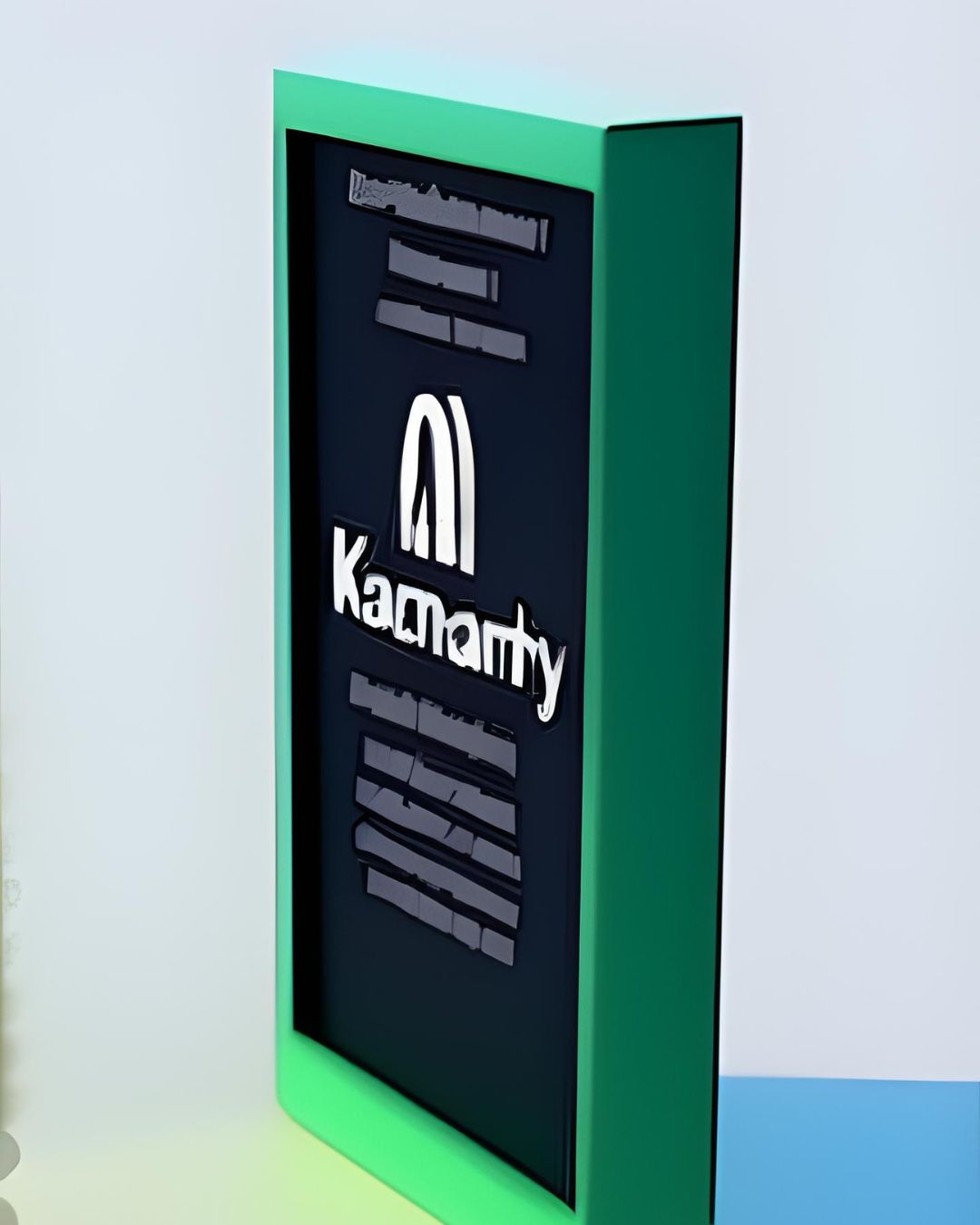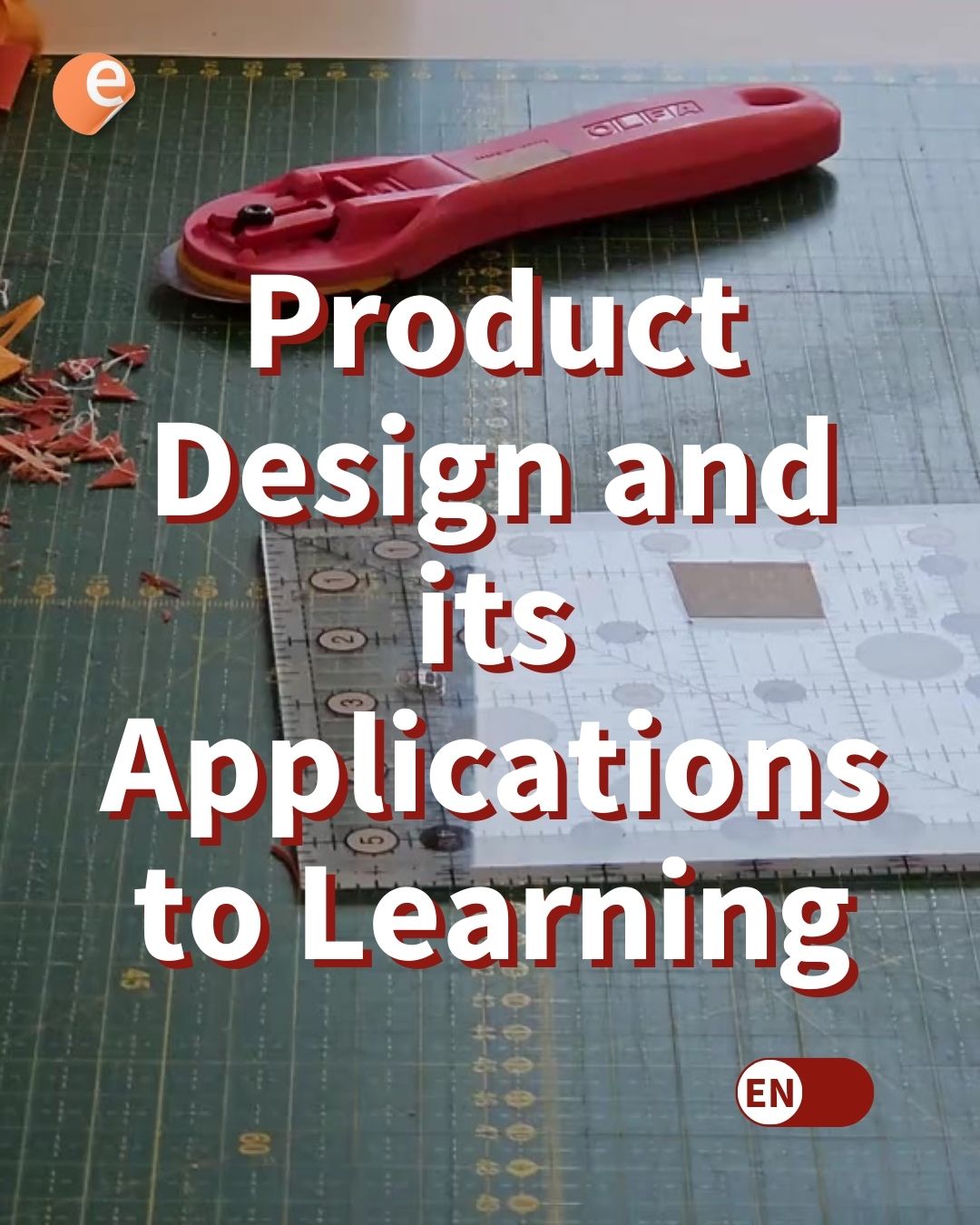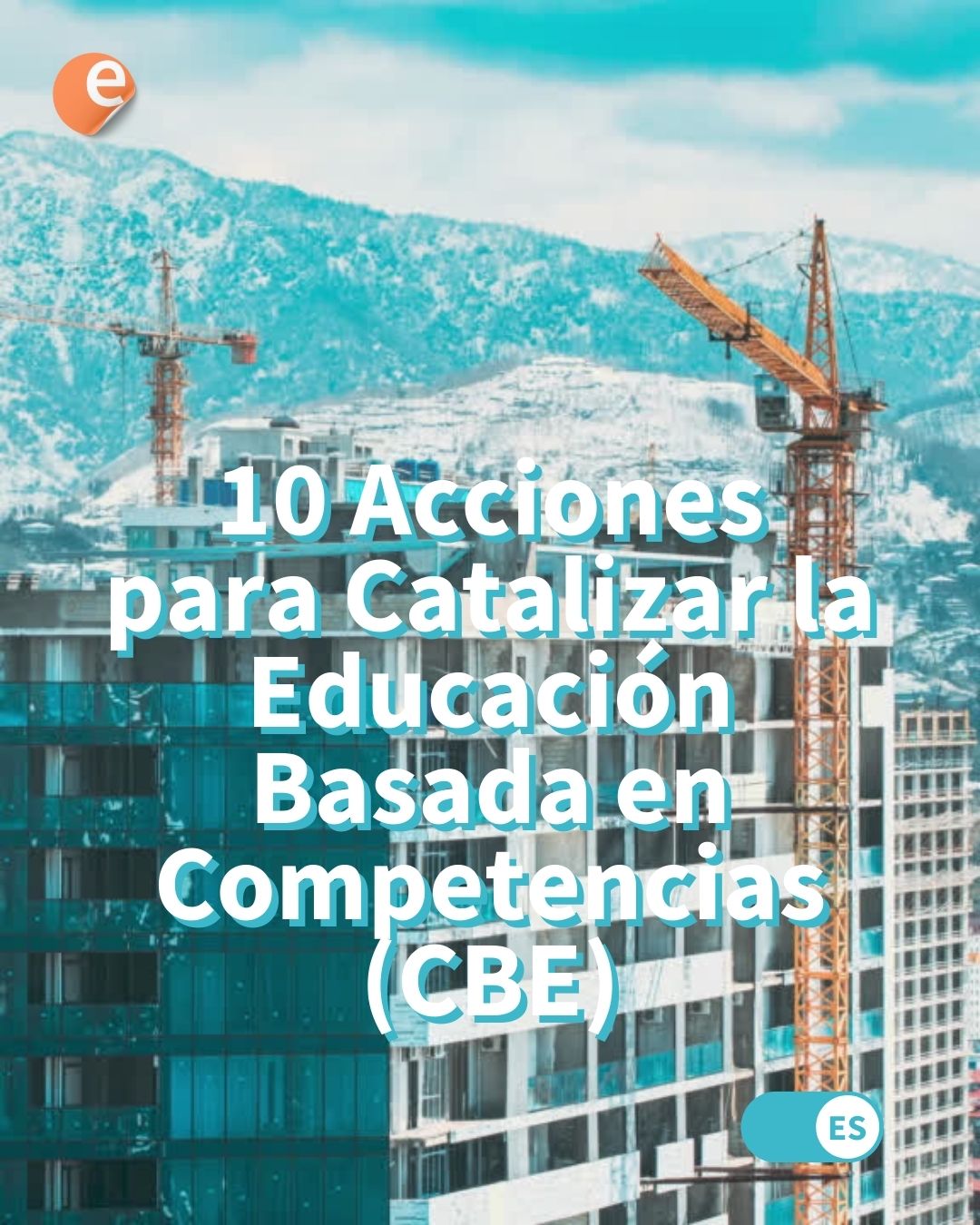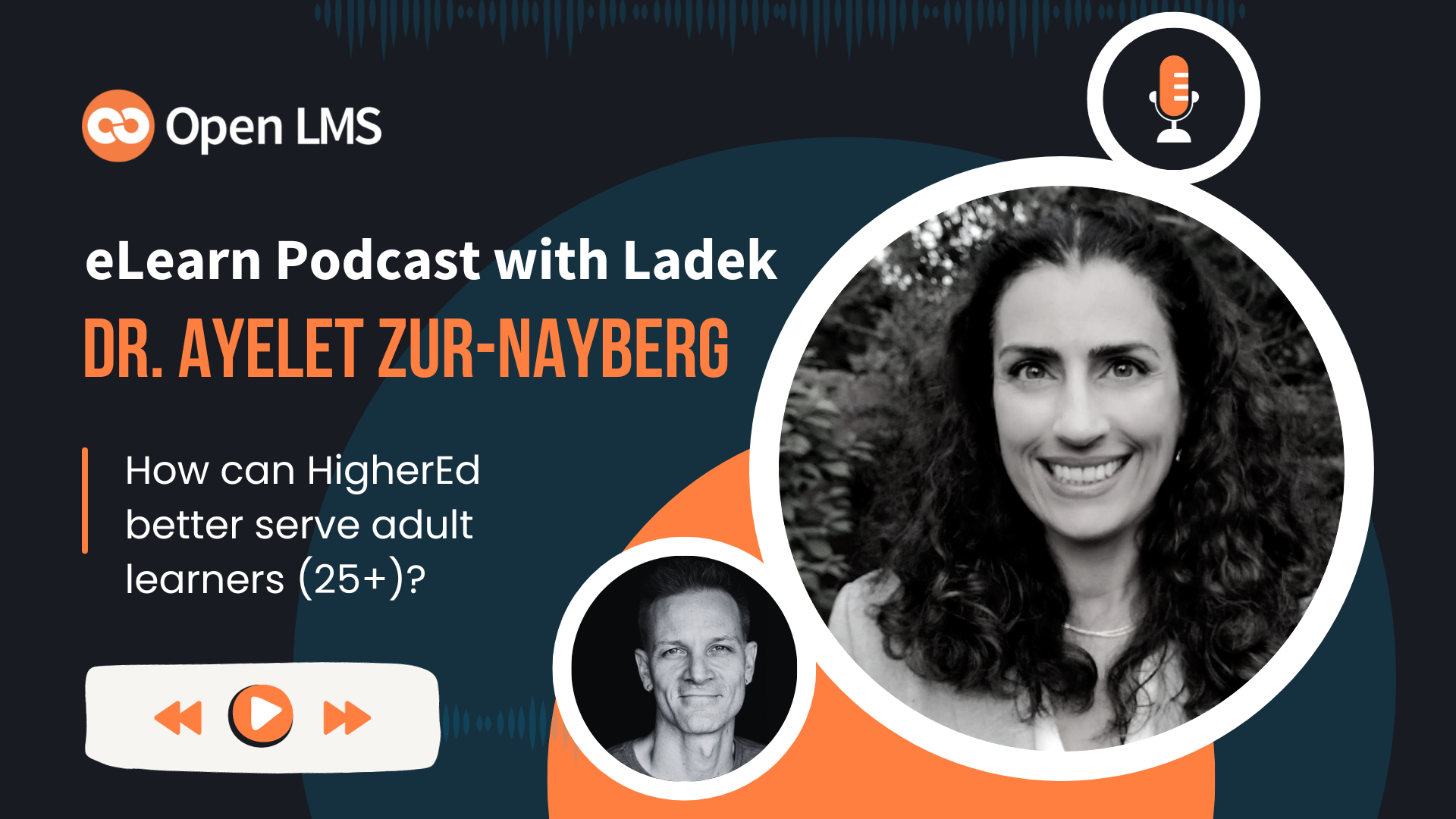Updated on June 5. Updates on LMS functionality are presented by Edwiser – The King of Premium Moodle Addons
They say winners write the history. So why not let your teachers and students be the winners? Focusing on their stories is a proven way to deploy an effective LMS. But that’s not all. Understanding the main users at heart will let you figure out the real LMS features you want. Not those sales representatives are trying to convince you to be essential.
Jump to:
- D2L Brightspace June 6
The customer isn’t always right, but the User Story is always true
EdTech and Elearning are not alone in this “Featurification” syndrome of sorts. It refers to the tendency to view the value of an LMS by the number of features it offers. The situation has improved, to be fair. The industry has learned that, in a very Goodhart-like fashion, people can game this number.When choosing an LMS, most procurement teams focus on affordances, which is a sign of progress. But having a system that allows you to do something by no means equals people doing that thing.
If you are looking to buy, upgrade or switch a new LMS, the message is clear. Talk to your community. Acquaint yourself with their use stories. Then, break it down and list the features involved at every beat. Arm yourself with that list next time you’re about to face an LMS rep.
Your Feature v. Mission Matrix
Modern LMS today pack literal hundreds of features. It can be easy to miss out on some of them. Some technical help is always handy to paint the whole picture. But considering only technological aspects can be narrow-minded.
Let’s take a step back. Keep in mind that the LMS is an all-encompassing platform. While user stories are essential, and they intersect at times, they remain in silos. For an LMS or any enterprise system to be effective, they must perform in alignment with the organizational mission. Or what is nowadays better referred to as the “Core Value Proposition.” Project management approaches use C💗Ps to coordinate strategy, tactics and actions. It makes it easier to build relevant metrics; and more generally to visualize progress towards major goal achievement as the result of everyday actions.
Now we have two dimensions that will make it easy to visualize stories and features. On the vertical axis, the C💗P is at one end and everyday actions at the other. The pyramid –which could be upside down, or not– is build by the user stories, which should all contribute to the same major organizational goal.
On the horizontal axis, purely technical infrastructure specifications lie at one extreme, and end-user affordances at the other. Plot the features according to their “narrative depth.” On one hand, list those actions most commonly used. In most cases, they correspond to the affordances most frequently mentioned among narratives. Technical help can occupy the other end completely, in fact it is very useful
Practical considerations: Or can you really take advantage of Predictive Learning Analytics without a Data Analyst?
Here is a practical example using a semi-fictional IT company. It attempts to include what would be a fairly common installation. Of course, we hope one of the messages we send is that every organization has a unique story, therefore no matrix should be alike.
- Core Value Proposition: Elearning solutions under one roof!
- User stories:
- As a Teacher, I want to spend as little time as possible on administrative duties.
- As a Teacher, I want to be able to engage with students and figure out the best ways to do so.
- As a Student, I want to jump into content and learning activities with as little steps and delays as possible.
- As a Teacher, I want to create learning experiences that lead to high levels of achievement and retention.
- As a Student, I want to have a clear idea of my upcoming assignments and the prerequisite knowledge needed to complete them.
- As a Teacher, I want to make sure students understand difficult topics and are able to put them into practice in their profession as soon as possible.
- As a Teacher, I want to make sure my courses are following the latest available knowledge of my specialized domain.
- As an Admin, I want to visualize the effect of educational outcomes from students into aspects such as productivity, employee reliability and general well-being across the organization.
Think of stories as the raw input. The designer’s job is to find the “narrative arc” starting at the primordial origin, and “weave” the series of components, actions and interactions that make up the narrative of the course.
Affordable stories update
D2L Brightspace
As an instructor:
- Create courses, establish dates, insert attachments, build sections and
- Determine time availability rules for the course and its activities
- Align course activities to Learning Outcomes (Competencies) and other standards; edit the alignments
- Set up Rubric-based grading
As an administrator:
- Insert files from external repositories (Dropbox)
- Edit permissions by roles; enable or disable features
- Provide access statistic and logs
- Transfer data between sections, courses and systems
- Monitor the behavior of the affordances; in particular verify the sitewide accessibility status










One Response